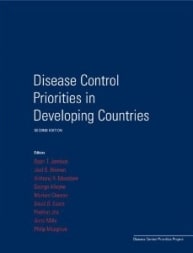May 27, 2010

The Question
How cost-effective are interventions for disease control in developing countries?
What we found
Several interventions were found to be cost-effective for low- and middle-income countries including the directly observed treatment, short course (DOTS) strategy for tuberculosis; insecticide-treated bednets for malaria prevention; speed bumps to decrease accident-related injuries; and bans on alcohol advertisements, though the cost-effectiveness of each intervention generally differed between subsets of the population.
Why it matters
A variety of health concerns plague the developing world today. The findings of this study highlight the interventions, which are most and least cost-effective, providing suggestions for the best ways to allocate money and resources in healthcare.

